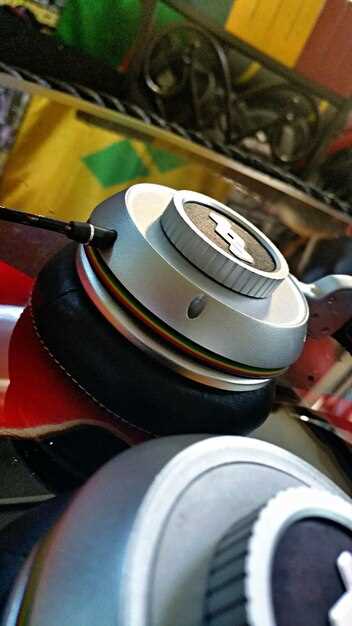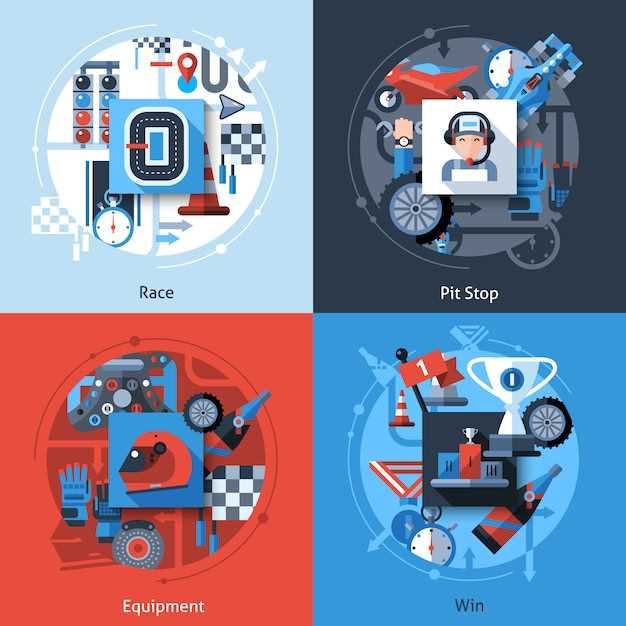
When it comes to performance vehicles, the choice of clutch plays a critical role in translating engine power to the wheels. Two primary categories of clutches exist: race clutches and street clutches. Understanding these two types is essential for enthusiasts and racers alike, as selecting the appropriate clutch can significantly impact both performance and drivability.
Race clutches are engineered for high-performance applications where maximized grip and rapid engagement are paramount. Built with advanced materials and designs that can withstand extreme conditions, these clutches are often categorized into specific racing specs that address the unique demands of motorsport environments. They are designed to handle higher RPMs, provide quicker shifting capabilities, and endure the stresses of track use.
In contrast, street clutches prioritize everyday drivability and comfort. While they may offer some performance benefits, they are not tailored for the high stress of racing. Street clutches are designed to balance performance with ease of use, allowing for smooth engagement and a more forgiving driving experience in daily situations.
Choosing between a race clutch and a street clutch requires careful consideration of your driving style, vehicle application, and personal performance goals. Each type offers distinct advantages, and understanding their differences can help enthusiasts make informed decisions for their vehicles.
Key Performance Features of Race Clutches

Race clutches are engineered specifically for high-performance applications, where every ounce of power delivery and responsiveness is crucial. Understanding their key performance features can help enthusiasts choose the right spec for their racing needs.
- Friction Material: Race clutches often utilize high-friction materials, such as carbon or ceramic composites. These materials are designed to withstand extreme temperatures and provide consistent grip.
- Clamping Force: Increased clamping force is a hallmark of race clutches. This feature ensures that the clutch can handle the higher torque levels generated by modified engines, reducing slip during aggressive acceleration.
- Lightweight Design: Many race clutches are constructed with lightweight components, such as aluminum or carbon fiber. This reduces rotating mass and enhances throttle response, allowing for quicker acceleration.
- Heat Dissipation: Effective heat management is crucial in racing. Race clutches are designed with ventilation slots or cooling fins to dissipate heat more efficiently, preventing fade during prolonged use on the track.
- Engagement Point: A precise engagement point is vital for optimal performance. Race clutches are engineered to provide a consistent and predictable engagement, allowing drivers to maximize power without losing control.
When selecting a race clutch, understanding these features and how they align with your racing goals is essential. Each component plays a vital role in enhancing the overall performance of the vehicle, ensuring that it meets the demands of competitive racing environments.
Durability and Wear Characteristics of Street Clutches
Street clutches are designed to offer a balance between performance and daily drivability, contributing to their durability in various driving conditions. Unlike racing clutches, which prioritize maximum grip and responsiveness, street clutches focus on longevity and smooth engagement, ensuring they can withstand repeated use in everyday scenarios.
Material Composition plays a significant role in the durability of street clutches. Most street clutches utilize organic friction materials, which provide a good compromise between wear resistance and drivability. These materials are formulated to minimize wear while offering adequate heat dissipation, thereby extending the lifespan of the clutch.
Wear Characteristics of street clutches are influenced by several factors, including driving style and environmental conditions. In normal driving situations, street clutches exhibit gradual wear, allowing for consistent performance over time. However, aggressive driving or frequent short trips can lead to accelerated wear, necessitating more frequent replacements compared to those who drive conservatively.
Heat Management is crucial for the durability of street clutches. Prolonged exposure to high temperatures can lead to clutch glazing, reducing friction and effectiveness. Street clutches are typically designed with better heat dissipation features, such as sufficient ventilation and robust pressure plate designs, to manage heat more effectively than their racing counterparts, which can overheat due to their high grip characteristics.
In summary, street clutches provide a durable option for drivers seeking reliable performance in everyday use. Their design emphasizes material selection, gradual wear under normal operating conditions, and effective heat management, making them suitable for both casual driving and occasional spirited runs without the extreme demands placed on racing clutches.
Choosing the Right Clutch Based on Vehicle Use

Selecting the appropriate clutch is crucial for optimizing vehicle performance and ensuring reliability. The two primary types of clutches are street clutches and race clutches, each designed for specific applications. Understanding the specifications and intended use of your vehicle will guide you in making the best choice.
If your vehicle is primarily used for daily commuting, a street clutch is usually the better option. Street clutches are designed for smooth engagement and reliable performance under normal driving conditions. They typically offer a lighter pedal feel, which is beneficial for stop-and-go traffic. Additionally, street clutches are made from materials that provide a longer lifespan and excellent drivability. They are engineered to handle regular horsepower levels without sacrificing comfort.
On the other hand, for vehicles that participate in racing or high-performance driving, a race clutch is necessary. Race clutches are built to withstand extreme conditions and high torque levels, utilizing advanced materials to achieve a strong grip. They are designed with precise specifications to provide quicker engagement and improved responsiveness, crucial for competitive situations. However, this performance comes at the cost of pedal stiffness and increased wear, making them less suitable for everyday driving.
Another factor to consider is the specific type of racing or use your vehicle will encounter. For example, drag racing enthusiasts may prefer clutches that offer rapid engagement, while track racers may require a balance of grip and heat resistance. Each application’s unique demands will dictate the ideal clutch spec needed to enhance both performance and durability.
Ultimately, understanding your vehicle’s use will ensure you choose the right clutch. Consider the driving environment, frequency of use, and performance requirements to make an informed decision. With the correct clutch in place, you can maximize your vehicle’s potential and enhance your overall driving experience.



